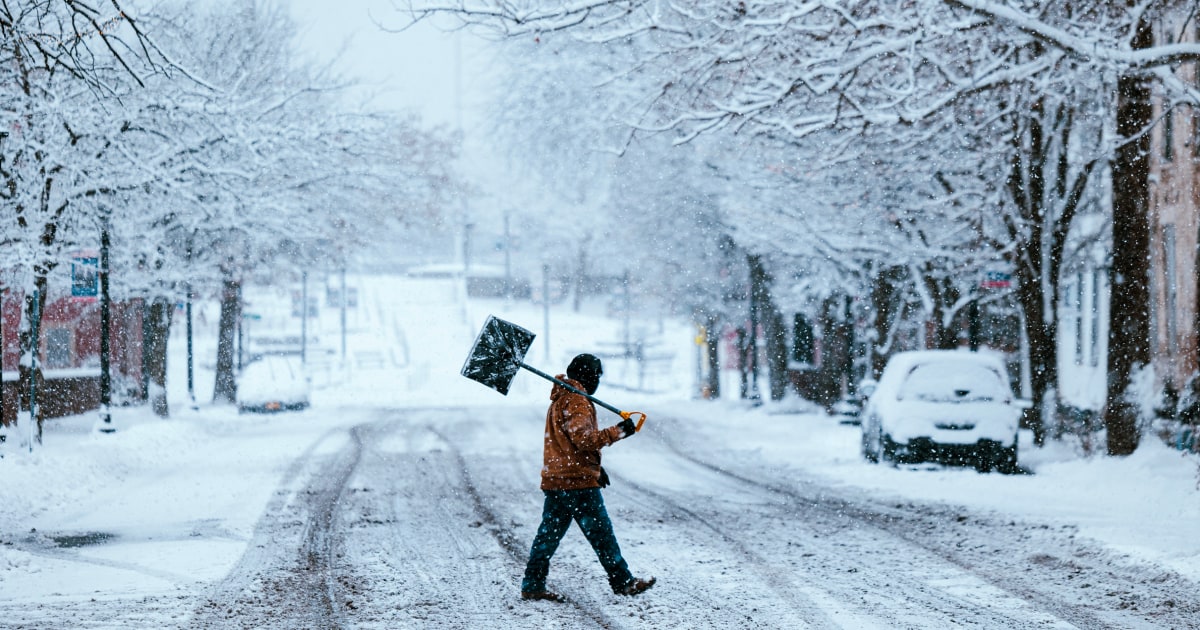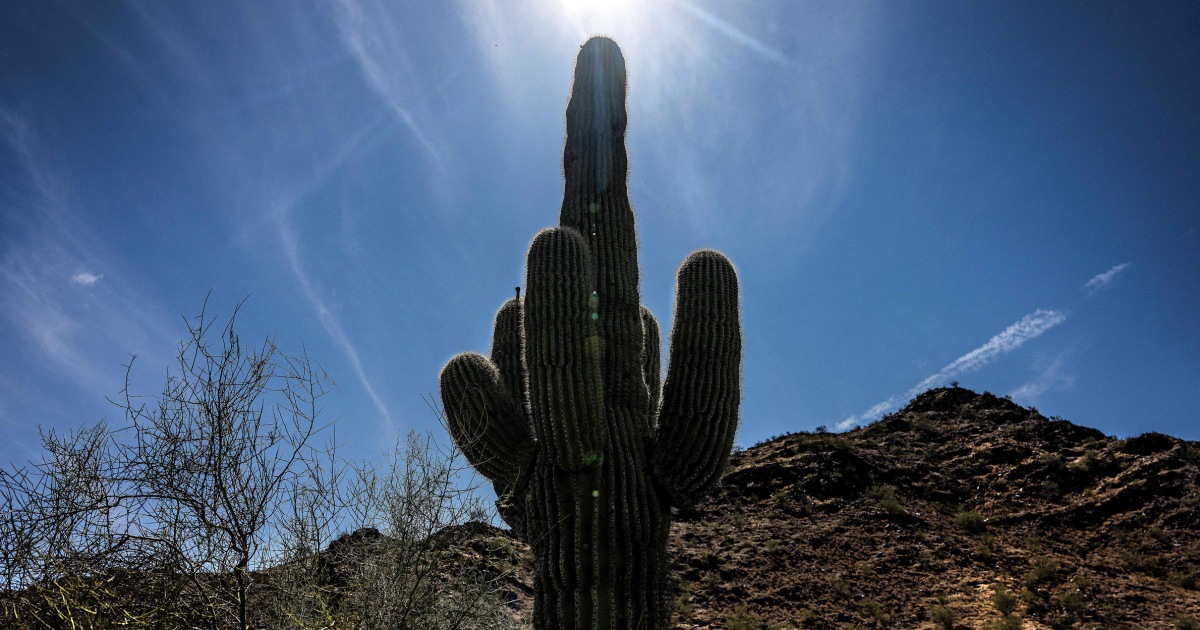Research by USGS geophysicist Danny Brothers indicates there have likely been at least 30 large earthquakes over the last 14,200 years in sections of the Cascadia subduction zone, which runs along the U.S. West Coast from Northern California to northern Vancouver Island. A large earthquake there can be expected at least once every 450-500 years, on average.
But for years, Cascadia has remained quiet; some scientists say that’s because much of it is “locked” and building stress. When it rips, a chunk of the seafloor will lurch forward — perhaps by dozens of feet or more. The vertical displacement of the seafloor will send a tsunami toward shore.
“It’s going to be the worst natural disaster in our country’s history,” said Robert Ezelle, the director of Washington state’s emergency management division.
For seismologists, the key question now is how to forecast this future violence. Fast-developing research is hinting that faults like Cascadia and Nankai might send out warning signals: a smaller quake as a foreshock, or a subtle groan only detectable by sensors, which scientists call a slow-slip event.
In Tobin’s nightmare scenario, the Cascadia fault suddenly issues that type of groan. Then — what to do?
If a major Cascadia quake were to hit, more than 100,000 people would be injured, projections say — assuming the quake hits when few people are at the beach. The shaking would last five minutes. Tsunami waves would batter the coast for 10 hours.
Inland hillsides would liquify, taking out roads and bridges. Some 620,000 buildings would be critically damaged or collapse, including an estimated 100 hospitals and 2,000 schools.
“We’re unprepared,” Ezelle said frankly.
Washington state advises residents that they would likely have to fend for themselves and against the elements for two weeks.
“It’s going to be neighbors taking care of neighbors,” Ezelle said.
A map of the Pacific Ring of Fire — where tectonic plates converge to form subduction zones and volcanoes — leaves Ezelle particularly uneasy.
“Over the last 50 to 60 years, and you will see that every subduction zone fault has had a major rupture — with the exception of Cascadia,” he said.

 3 months ago
3 months ago
 (200 x 200 px).png)







 English (US) ·
English (US) ·